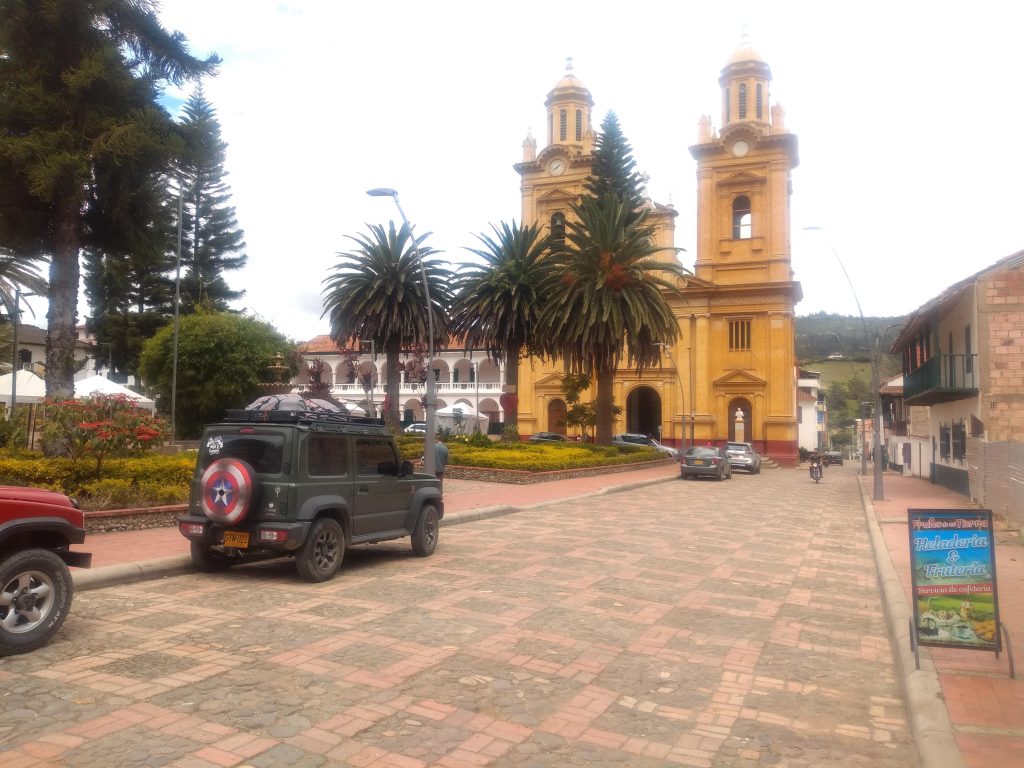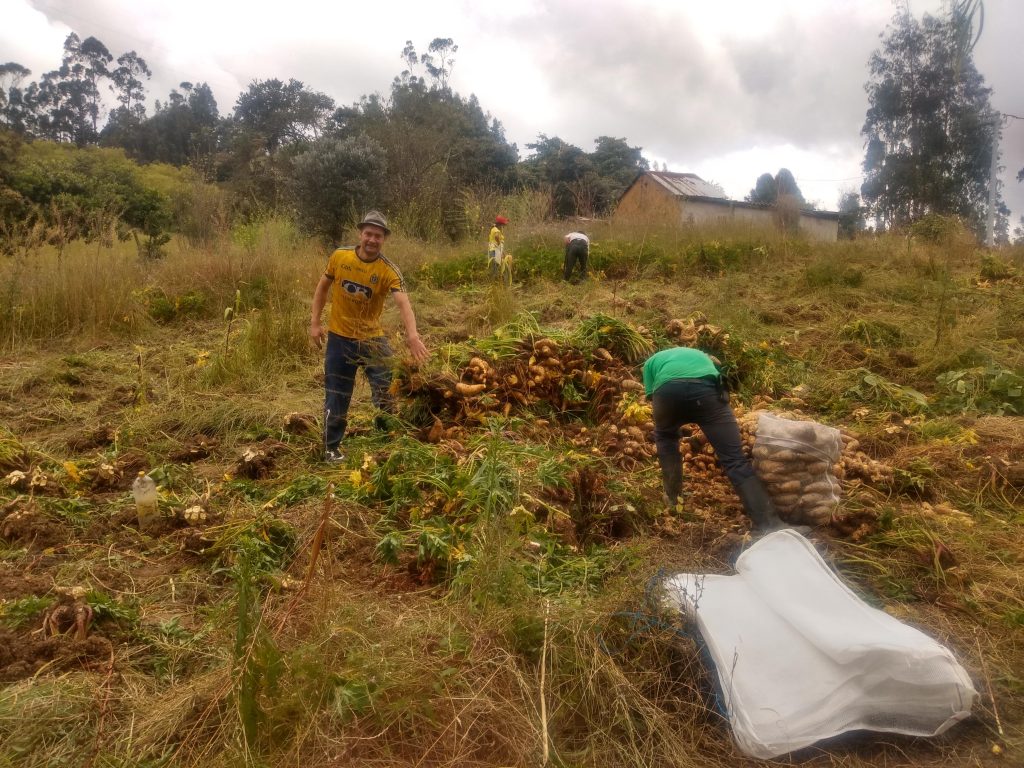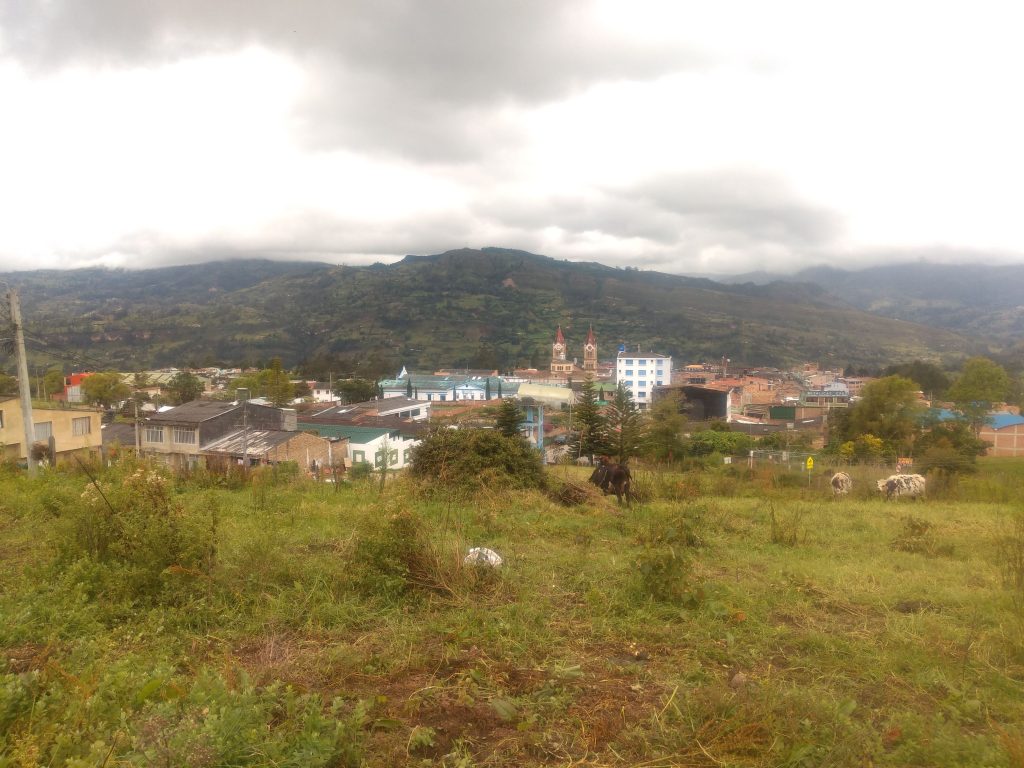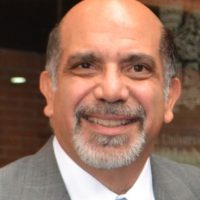
[Listen to an audio version of this blog entry here.]
Well, it may have taken 19 months, but I finally managed to swap the Bogotá beat for some pastoral peace, of sorts. (I’m discounting, due to their brevity, this year’s day escapes on foot to Cota and La Calera as well as a bike ride and subsequent 24 hours in Cajicá.)
And like the last time I left the Colombian capital for a few nights, it was to the Boyacá department once again — the small (although big enough by Irish standards) market town of Jenesano and surrounds on this occasion, to be precise.
Close encounters
Some may wonder why I don’t opt for more exotic locations, the argument being, as previously stated on this blog, that once you’ve seen one Boyacá pueblo (small town) you’ve practically seen them all.
There’s merit to that viewpoint. Yet in terms of largely hassle-free travel, towns to the north of Bogotá tick many boxes for me. I live a five-minute walk from the city’s northern bus terminal, so travelling north means I avoid most of the metropolis’ traffic mayhem.
Yes, there’s much more to the north of Bogotá than Boyacá, however, when it’s only a few days’ break, I don’t want to spend too much time in transit.
The reason I chose Jenesano was simply that a barrio buddy mentioned it to me, he’s due to work in the town next year.
‘I’ve observed that urban centres in Colombia’s warmer lands often have a rough side to them. This may have something to do with the growth of a certain cash crop. That and the politics at play.’
At 2,100 metres-above-sea-level, it’s a little warmer than Bogotá. Just a little that is — it’s certainly not tropical.
Par for the course in these parts, rolling hills abound. Equally standard are dubiously domesticated dogs guarding every dwelling. Most are in the bark-worse-than-bite category but it’s always a good idea to have a lump of a stick with you just in case.
Now why exactly this was so I’m not sure, but Jenesano was previously called Genazzano after the Italian province of the same name, which translates as ‘healthy people’ or ‘healthy town’.
I must say, I didn’t see anything that points to the locals here being healthier than other Colombians. Indeed, if the lads who were football training are anything to go by, they could do with consuming fewer arepas.
For sure, the pace of life is certainly more relaxed and one would have fewer security concerns here compared to Bogotá, but that’s quite a low bar.
What I tend to like about such agricultural towns with a mild climate is that the locals generally leave you to your own devices. I’ve observed that urban centres in Colombia’s warmer lands often have a rough side to them. This may have something to do with the growth of a certain cash crop. That and the politics at play.
Mucking around
So while I would have been quite content to do my own thing in Jenesano, a random encounter with an older couple in a tienda bar on my first night meant I got a whole different, more fulfilling experience.
The couple and I were minding our own business until I ordered my second 850-ml Club Colombia (don’t worry, Poker, it was purely for the novelty factor of the new bottle size for this brand — it won’t become a habit). The young bartender, bless her, asked me what part of the USA I was from.
Of course I told her that not everyone who speaks English-accented Spanish is from the US. When I asked her to guess where I’m from, the couple took an interest.
‘The five-kilometre wander to the slightly higher and slightly bigger Ramiriquí did take place the next day. Pleasantly surprisingly, there was a scarcity of annoying dogs en route.’
Thus began my friendship with Jenesano blow-in, José — he’s from San Juan de Rioseco in Cundinamarca originally — and his local wife, Lucila.
They told me about their finca, farm if you will, on the hills outside the town and invited me to go up the next day. They were set to dig up and bag their arracacha harvest (arracacha, or racacha as it’s also called, is a root vegetable, kind of like yuca but with a yellow-ish colour and, as far as I’m concerned, a much better taste).
I postponed my half-plan to walk to the nearby Ramiriquí and accepted the couple’s invite. I wasn’t there just to make up the numbers, either. I, quite literally, mucked in, getting my hands dirty, putting into piles the dug up arracacha and then separating the edible root from the plant. A change is as good as a rest and all that. José and Lucila did look after me for my endeavours, it must be noted. It wasn’t exactly slave labour.
Not only that, but after a few «celebratory» beers back in Jenesano, they came to my rescue. Dropping me off at my hotel at the, um, ungodly hour of about 10.30 pm, there was no one attending the inn to let me in — shame on you, Hotel El Palacio.
After waiting in vain for a few minutes, the friendly couple brought me back to their house and gave me a bed, a very comfortable one at that, for the night. You see, sometimes it is good to befriend the locals.
The five-kilometre wander to the slightly higher — about 200 metres to be more exact — and slightly bigger Ramiriquí did take place the next day. Pleasantly surprisingly, there was a scarcity of annoying dogs en route.
While I only passed the afternoon in the town, it does seem to have a nice vibe to it. It also has decent and reasonably priced coffee from a number of cafés on its quaint main square, always a major plus point that.
For those looking to work up more of a sweat, there’s a decent trek up to a chapel to the south-east that offers a landscape view of both Ramiriquí and Jenesano as well as Ciénega to the north-east, about six kilometres further on from Ramiriquí.
For my last day in Jenesano, I returned to José and Lucila’s farm to pick up some arracacha to bring back to Bogotá with me. See, it wasn’t a, um, rootless journey.
The couple then drove me to Tunja, Boyacá’s capital city, where they had a few messages to run. I accompanied them for the afternoon before they dropped me off at the bus terminal.
The random things that can happen when you escape the monotony and explore pastures new, eh? The next adventure can’t come quick enough.
_______________________________________________________________
Listen to Wrong Way’s Colombia Cast podcast here.
Facebook: Wrong Way Corrigan — The Blog & IQuiz «The Bogotá Pub Quiz».







Comentarios